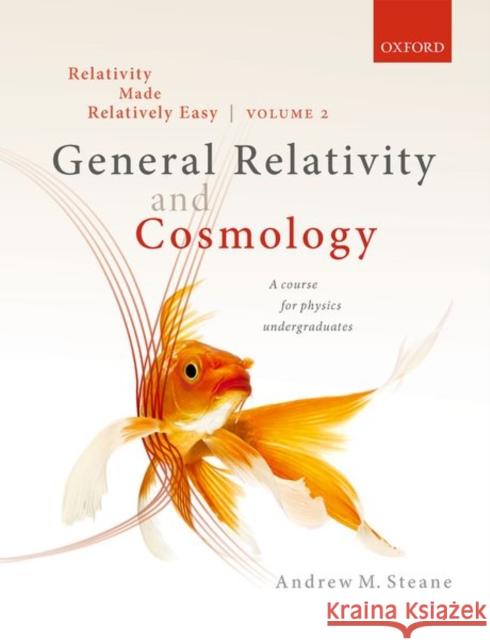Relativity Made Relatively Easy Volume 2: General Relativity and Cosmology » książka
topmenu
Relativity Made Relatively Easy Volume 2: General Relativity and Cosmology
ISBN-13: 9780192895646 / Angielski / Twarda / 2022 / 512 str.
Relativity Made Relatively Easy Volume 2: General Relativity and Cosmology
ISBN-13: 9780192895646 / Angielski / Twarda / 2022 / 512 str.
cena 462,85
(netto: 440,81 VAT: 5%)
Najniższa cena z 30 dni: 421,49
(netto: 440,81 VAT: 5%)
Najniższa cena z 30 dni: 421,49
Termin realizacji zamówienia:
ok. 30 dni roboczych.
ok. 30 dni roboczych.
Darmowa dostawa!
Kategorie:
Kategorie BISAC:
Wydawca:
Oxford University Press, USA
Język:
Angielski
ISBN-13:
9780192895646
Rok wydania:
2022
Ilość stron:
512
Waga:
1.24 kg
Wymiary:
24.99 x 19.66 x 3.1
Oprawa:
Twarda
Wolumenów:
01











